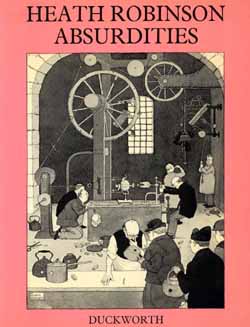
HEATH ROBINSON: ABSURDITIES (Duckworth)
ISBN: 0-71561-583-1 (1990 edition) ISBN: 0-71560-920-3 (1975 edition)
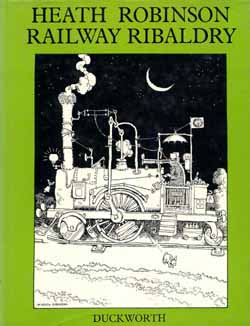
HEATH ROBINSON: RAILWAY RIBALDRY (Duckworth)
ISBN: 0-71560-823-1 (1997 edition) ISBN: 0-71561-489-4 (1980 edition)
Not many people enter the language due to their own works. Fewer still last the course and stay there. Can you recall what “doing an Archer†means?
William Heath Robinson was born on 31st May 1872 into something of an artistic dynasty. His father Thomas was chief staff artist for Penny Illustrated Paper. His older brothers Thomas and Charles were also illustrators of note. After schooling he tried unsuccessfully to become a watercolour landscape artist before returning to the family trade. In 1902 he produced the fairy story “Uncle Lubin†before working for The Tatler, Bystander, Sketch, Strand and London Opinion, during which time he developed the humorous whimsy and penchant for eccentric mechanical devices that made him a household name.
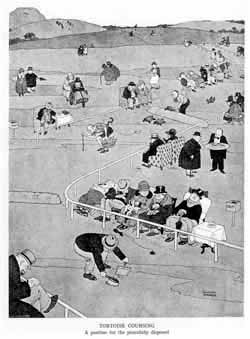
During the Great War he uniquely avoided the Jingoistic stance and fervor of his fellow artists, preferring to satirise the absurdity of conflict itself with volumes of cartoons such as “The Saintly Hunâ€. After a career of phenomenal success and creativity, in cartooning, illustration and particularly advertising, he found himself doing it again in World War Two. He died on 13th September 1944.
There is very little point in analysis in the limited space available here, but surely some degree of recommendation is permissible. In Absurdities (1934), Heath Robinson personally gathered his favourite works into a single, all too slim volume that more than any other describes the frail resilience of the human condition in the Machine Age and particularly how the English deal with it all. They are also some of his funniest strips and panels.
In Railway Ribaldry, a commission from The Great Western Railway Company to celebrate their centenary in1935 (and more power to them; can you imagine a modern company paying someone to make fun of them?), he used his gentle genius to examine Homo Sapiens Albionensis, as steel and rails and steam and timetables gradually bored their way into the hearts and minds of us folk. Much too little of his charming and detailed illustrative wit is in print today, a situation that cries out for Arts Council Funding more than any other injustice in the sadly neglected field of cartooning and Popular Arts.
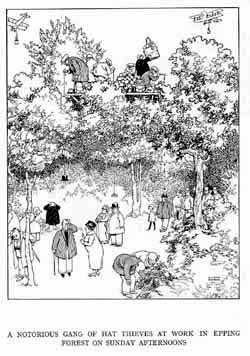
Other publications of his work include Some Frightful War Pictures (1915), Hunlikely! (1916), The Saintly Hun: A Book of German Virtues (1917), Flypapers (1919), Get On With It (1920), The Home Made Car (1921), Quaint and Selected Pictures (1922), Humours of Golf (1923), Let’s Laugh (1939), Heath Robinson At War (1941) and The Penguin Heath Robinson (1946), as well as such collaborations as The Incredible Inventions Of Professor Branestawm by N Hunter (1933), or Mein Rant with R. F. Patterson (1940).
In the 1970s and 1980s Duckworth produced and or reprinted a selection of albums which included Inventions, Devices, The Gentle Art of Advertising, Heath Robinson at War, Humours of Golf, How To Be A Motorist, How To Be A Perfect Husband, How To Live in a Flat, How To Make your Garden Grow, How To Run a Communal Home, How To Build a New World, and How To Make the Best of Things, and many of these can still be found at or ordered through your local Library Service. Both Ribaldry and Absurdities were reissued in the 1990s and were readily available on Amazon last week. (I’ve included the ISBN’s in case you’re tempted…)
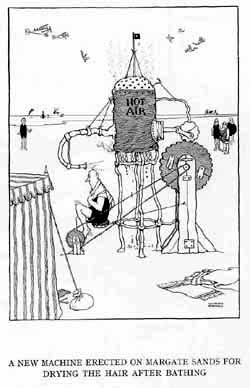
I apologize for the laundry-list nature of the above review, but I’m not sorry to have produced it and neither will you be when you find any the wonderful, whimsical, whacky work of William Heath Robinson, Wizard of Quondam Mechanics.
© 2007 The estate of William Heath Robinson.

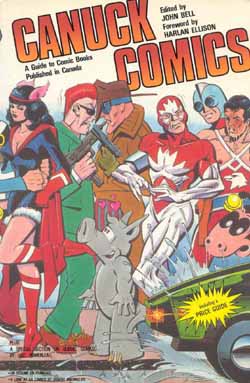
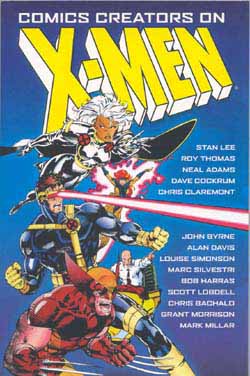 Â
 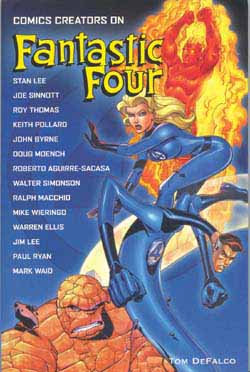 Â
 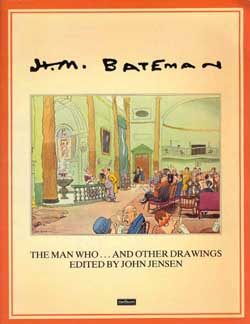 Â
 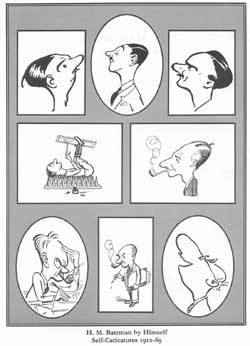
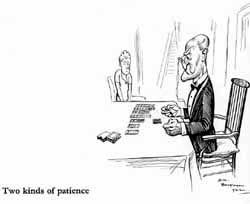
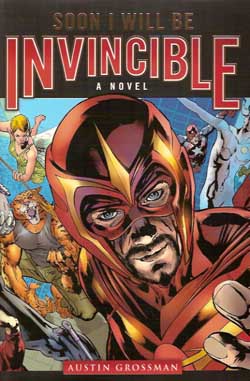 Â
 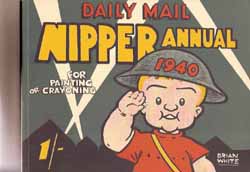 Â
  Â
 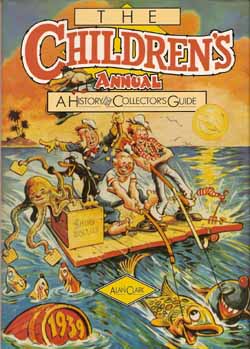 Â
Â